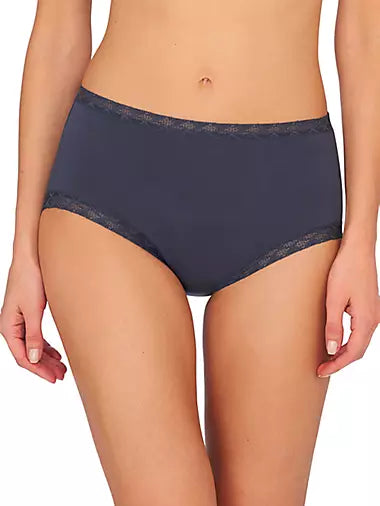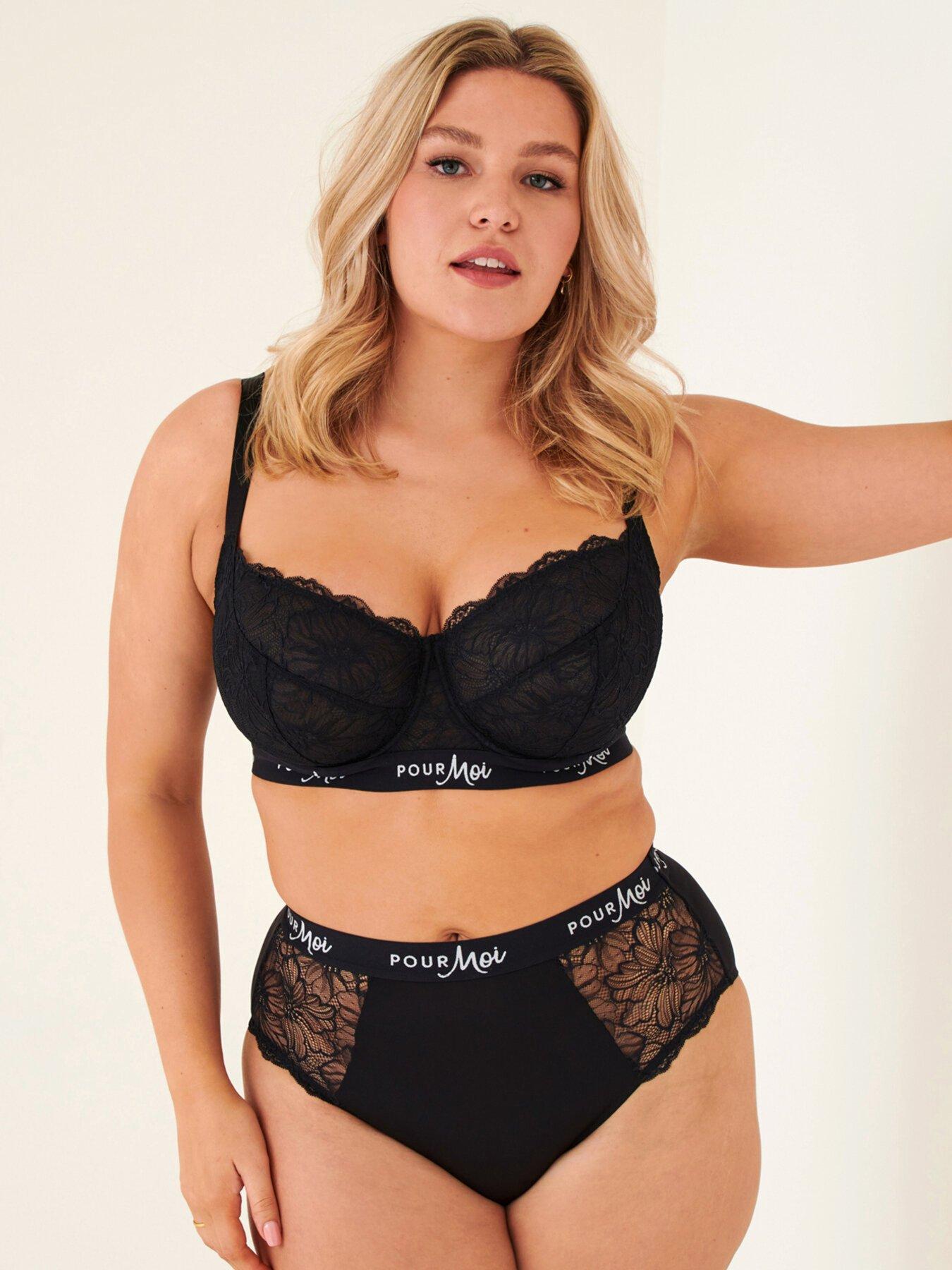Nylon vs Cotton Underwear: A Comprehensive Comparison

Nylon vs Cotton Underwear: A Comprehensive Comparison. When it comes to choosing the right underwear, the material can make a big difference in terms of comfort and functionality. Nylon and cotton are two popular choices, each with its own set of benefits. Choosing the right underwear involves balancing comfort, breathability, durability, and style. Among the most popular fabric choices are nylon and cotton, each with its own set of benefits and drawbacks. To help you make an informed decision, let’s dive into the characteristics of nylon and cotton underwear, exploring which might best suit different lifestyles, skin sensitivities, and climate considerations.
Understanding the Basics: Nylon vs. Cotton
Nylon is a synthetic fiber known for its durability, elasticity, and smooth texture. It’s lightweight, moisture-wicking, and holds its shape well, making it a favorite for athletic and form-fitting underwear.
Cotton, on the other hand, is a natural fiber celebrated for its breathability, softness, and hypoallergenic qualities. It’s commonly associated with all-day comfort and is often recommended for sensitive skin due to its non-irritating properties.
Key Differences Between Nylon and Cotton Underwear
1. Breathability and Moisture Control
-
Cotton: Cotton underwear is highly breathable, allowing for good air circulation that helps prevent moisture build-up. This makes cotton an ideal choice for daily wear, especially in warm climates or for individuals prone to heat-related irritation.
-
Nylon: Nylon’s breathability is lower than cotton’s, as it’s a synthetic fiber designed to repel moisture rather than absorb it. While nylon is moisture-wicking, it may not provide the ventilation that cotton does. This property can be an advantage during workouts, as it helps manage sweat but may not be as comfortable for long, sedentary periods.
2. Comfort and Skin Sensitivity
-
Cotton: For those with sensitive skin, cotton is often the go-to choice. It’s soft, hypoallergenic, and less likely to cause irritation, making it suitable for extended wear. The natural composition of cotton makes it gentle against the skin, reducing the likelihood of chafing or rashes.
-
Nylon: Nylon underwear offers a smooth, sleek feel and can be quite comfortable, especially when blended with other fibers like elastane for added stretch. However, some individuals may find nylon less comfortable if they have sensitive skin or are prone to allergies related to synthetic materials.
3. Durability and Shape Retention
-
Nylon: Nylon is exceptionally durable, retaining its shape and elasticity over time, even after repeated washing. This durability makes it an excellent option for those looking for long-lasting underwear, as nylon’s fibers resist stretching and wear better than cotton.
-
Cotton: Cotton underwear is durable but may lose its shape faster, especially in the absence of added elastane or spandex. Over time, cotton can shrink, stretch, or fade, especially if not washed carefully. However, cotton's softness generally improves with age, making it more comfortable over time.
4. Absorbency and Drying Time
-
Cotton: Known for its absorbent qualities, cotton effectively absorbs moisture. While this is beneficial for daily wear, it may not be ideal for sports or high-intensity activities, as wet cotton can cling to the skin and take longer to dry, which may lead to discomfort.
-
Nylon: Nylon is moisture-wicking rather than absorbent, meaning it draws sweat away from the body and dries faster than cotton. This makes nylon underwear a top choice for workouts, outdoor activities, and situations where quick-drying properties are desired.
5. Environmental Impact
-
Cotton: Cotton is a renewable, biodegradable resource, making it more eco-friendly. However, conventionally grown cotton requires significant water and pesticides, which can be environmentally taxing. Opting for organic cotton can mitigate some of these concerns, as it’s grown with fewer chemicals and has a lower environmental impact.
-
Nylon: As a synthetic material, nylon is derived from petroleum, making it less sustainable than natural fibers. It’s also not biodegradable, meaning that when discarded, nylon products contribute to environmental waste. Recycled nylon is becoming more available, offering a more eco-conscious option for those committed to sustainability.
When to Choose Nylon Over Cotton (and Vice Versa)
-
Nylon is ideal for:
- Athletic activities where sweat-wicking and fast-drying properties are essential.
- Form-fitting clothing as nylon’s smooth texture and elasticity create a seamless look under clothes.
- Travel due to its lightweight nature and ease of washing and drying.
-
Cotton is best suited for:
- Daily wear when breathability and comfort are priorities.
- Sensitive skin as cotton’s hypoallergenic qualities reduce irritation risks.
- Hot climates where natural ventilation is beneficial for preventing moisture build-up.
Final Thoughts: Choosing the Right Fabric for Your Lifestyle
When deciding between nylon and cotton underwear, consider your typical daily activities, skin sensitivities, and climate. Cotton offers unbeatable breathability and comfort, making it a reliable choice for most daily needs. Nylon, however, shines in active or performance-oriented settings where moisture management, durability, and a sleek finish are crucial.
Ultimately, having a mix of both nylon and cotton underwear can cater to various occasions and needs, ensuring you’re comfortable, dry, and confident no matter the situation. With a balanced collection, you can take advantage of both fabrics' unique benefits for a more versatile and adaptable wardrobe.
Check out our homepage Olivia Paisley


